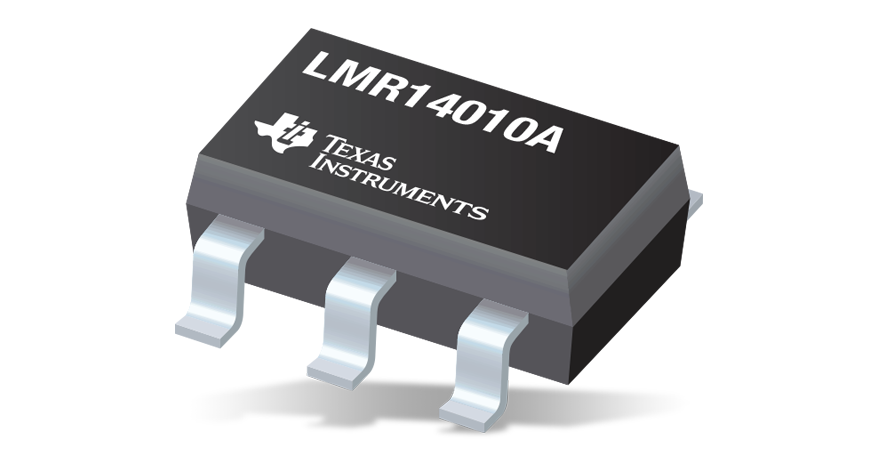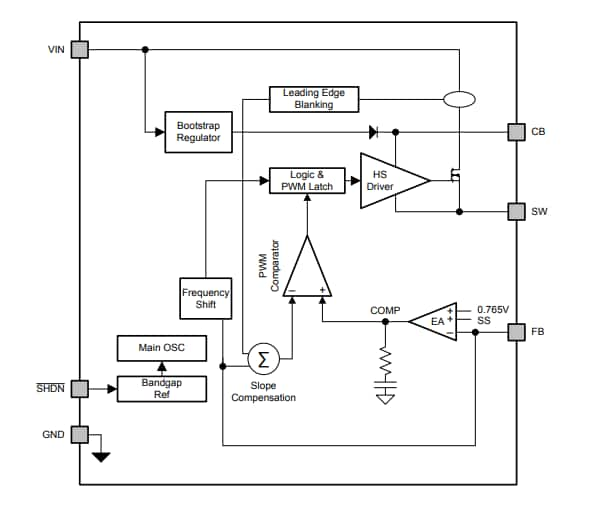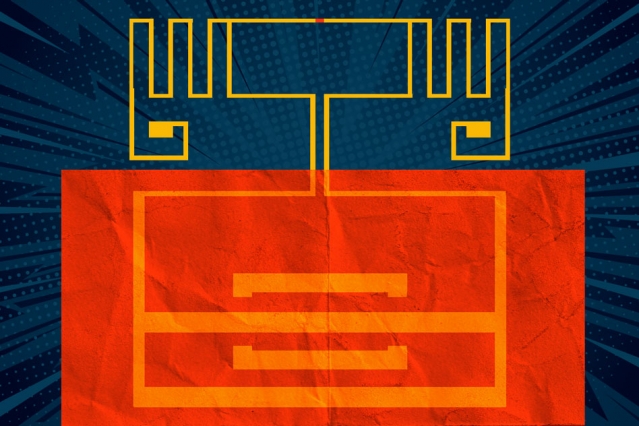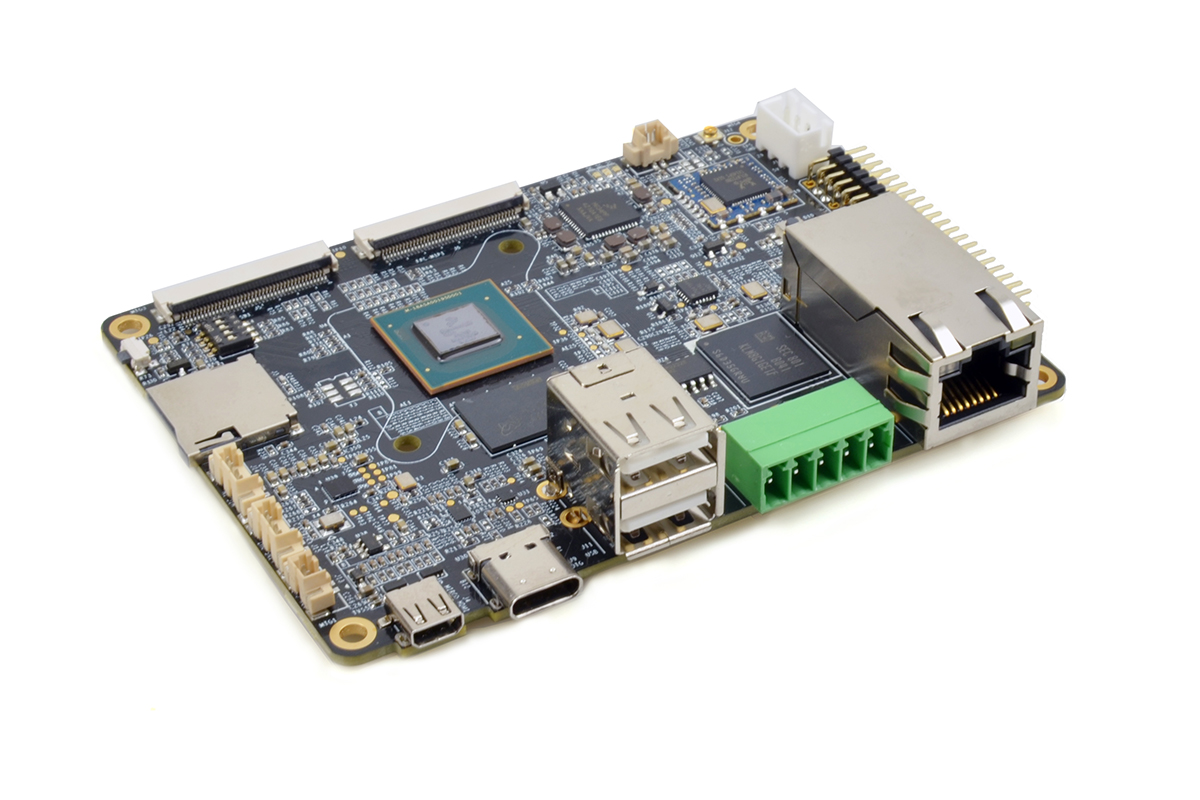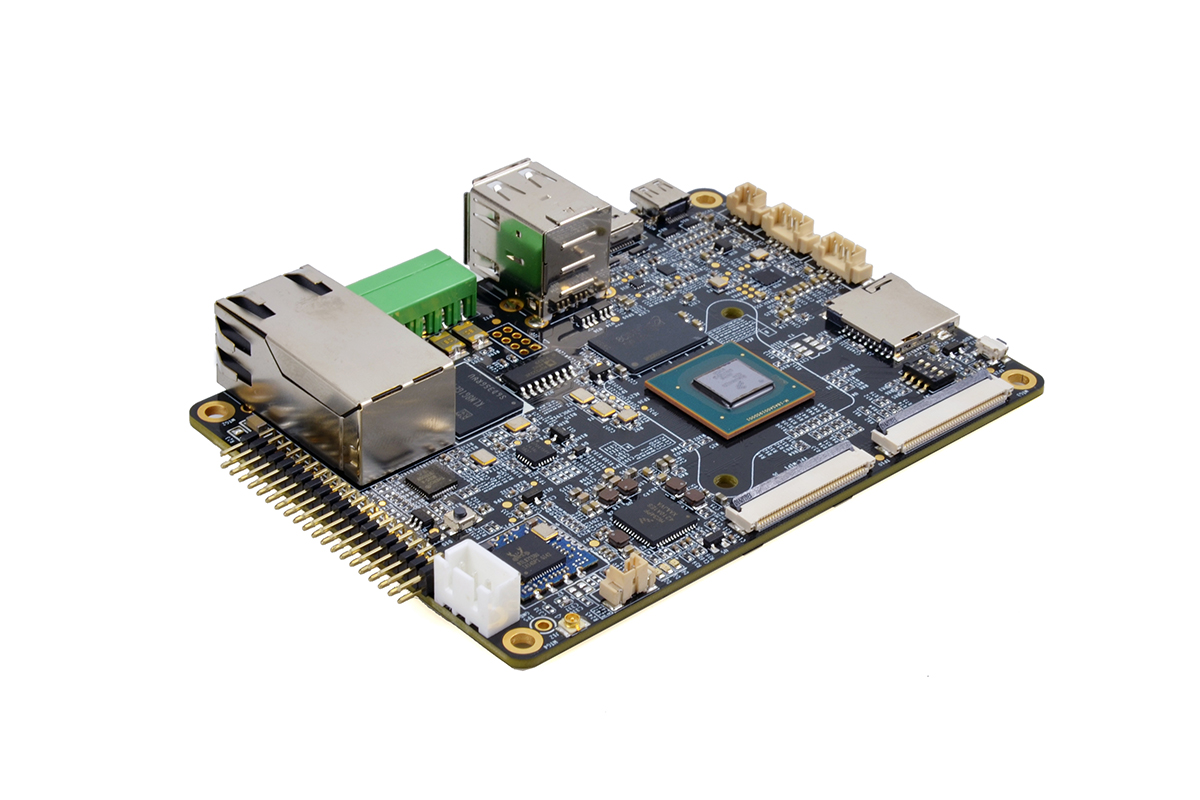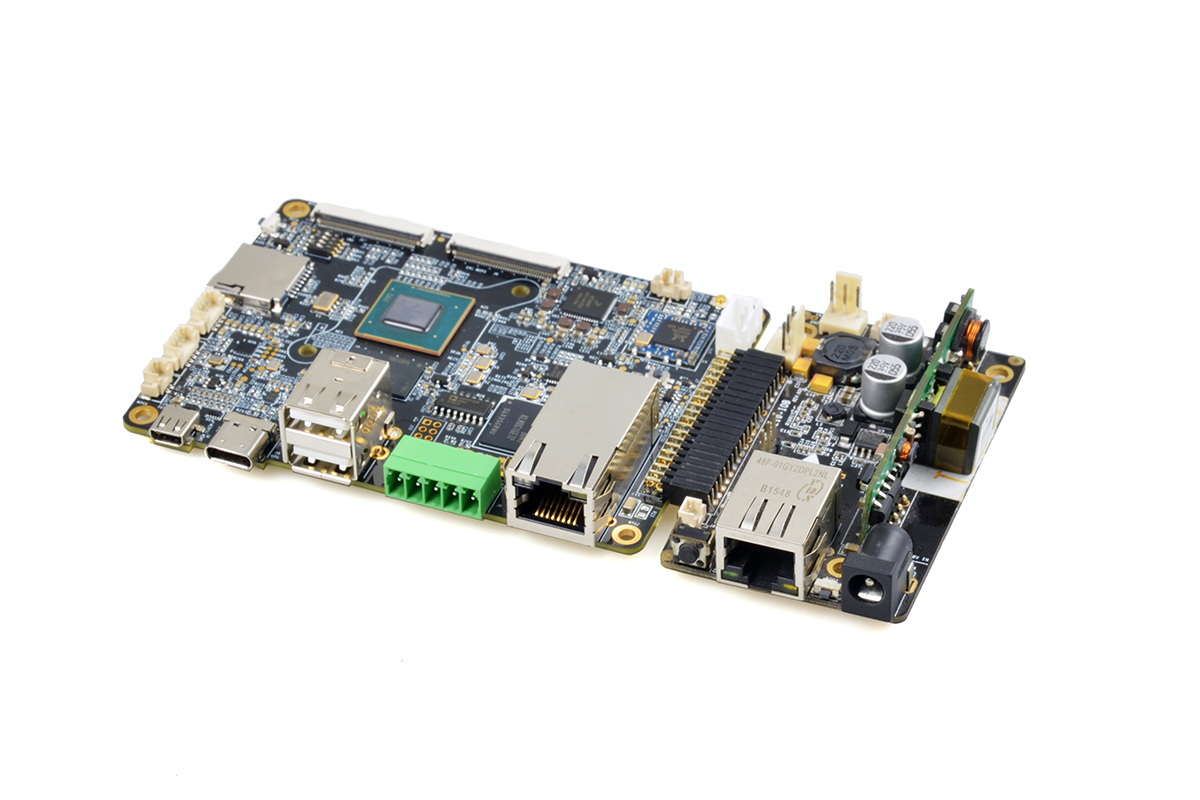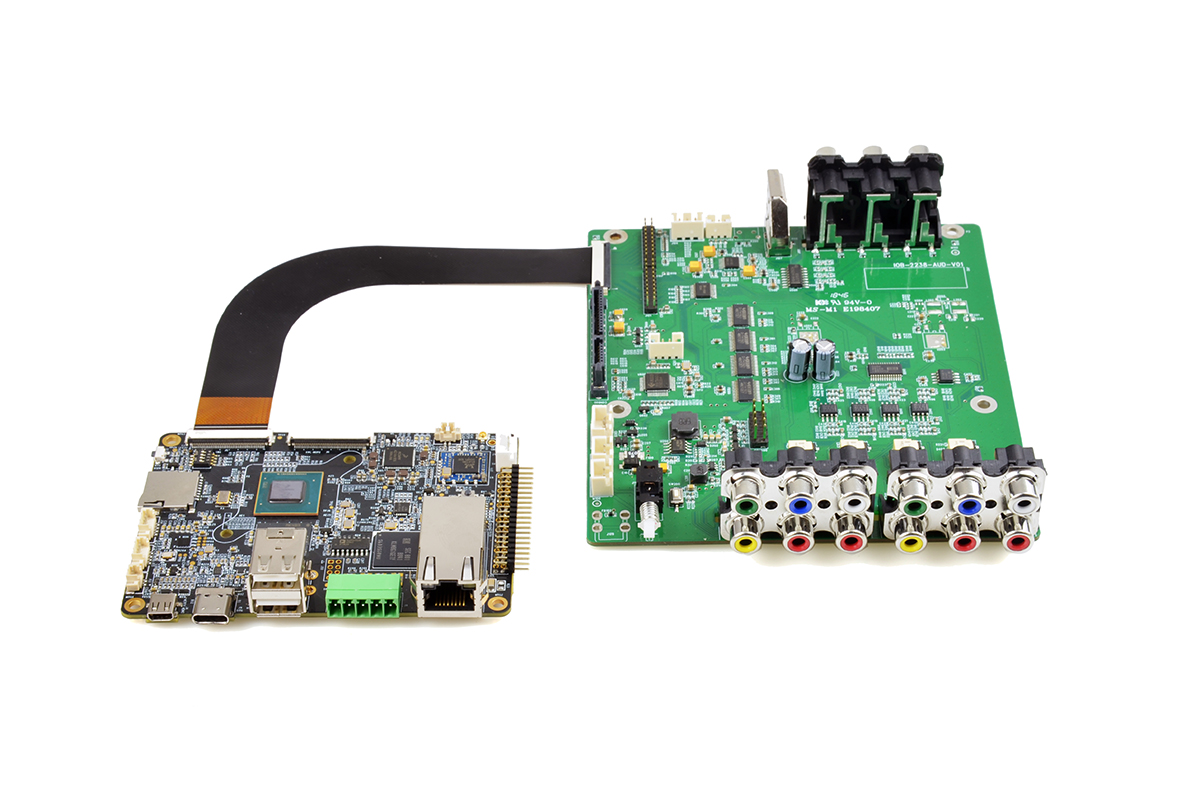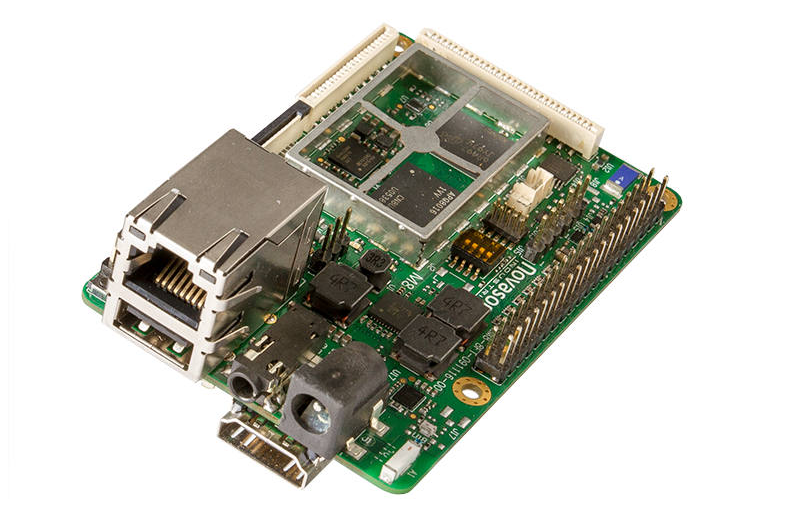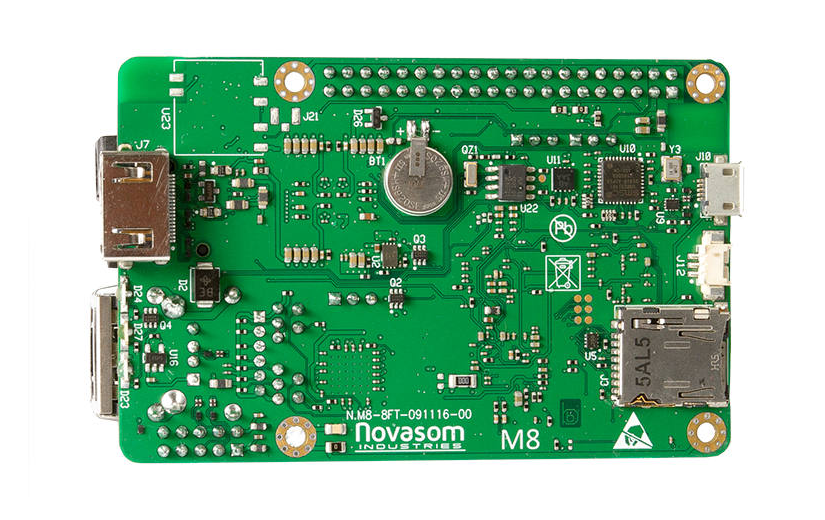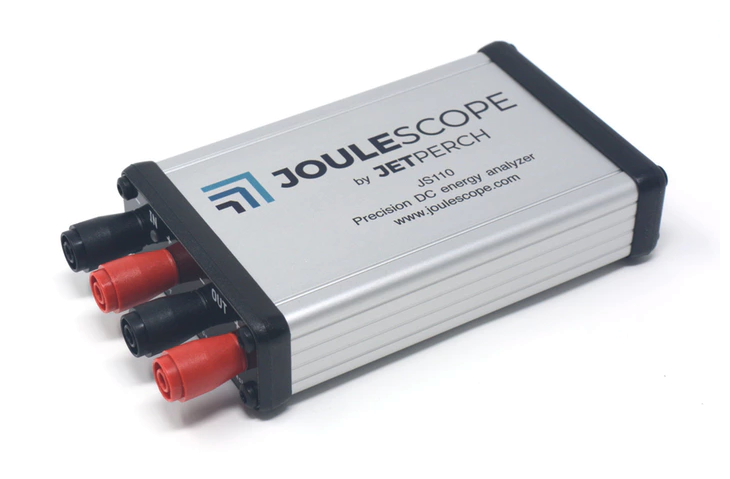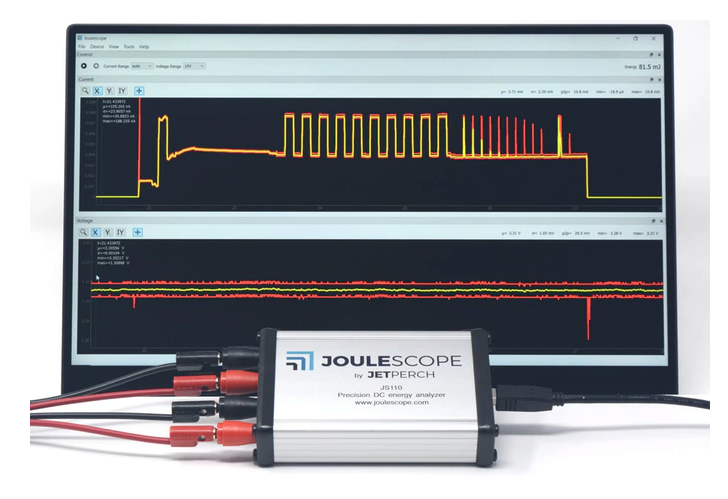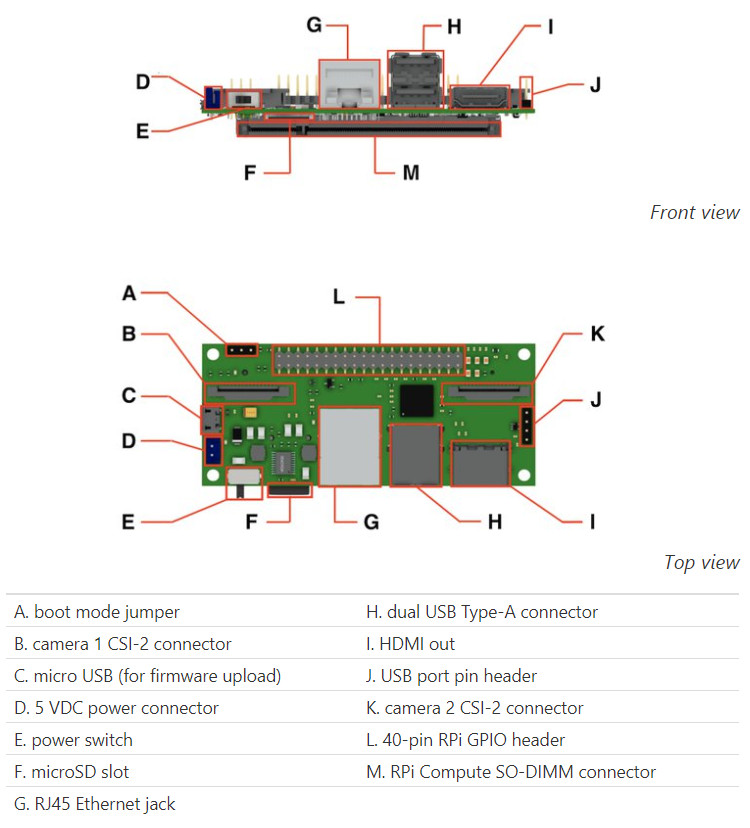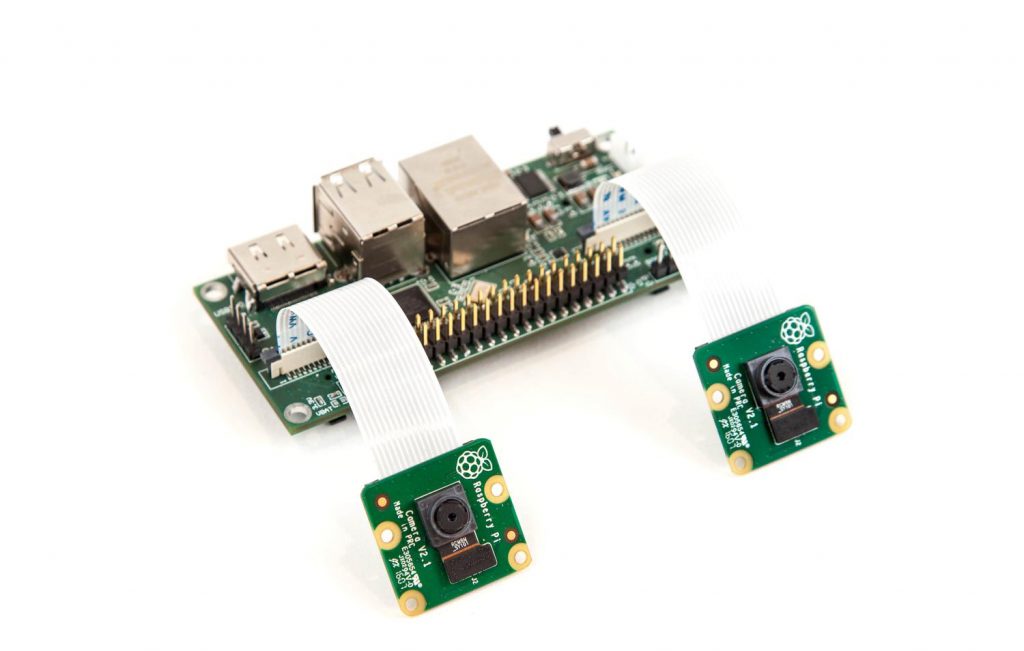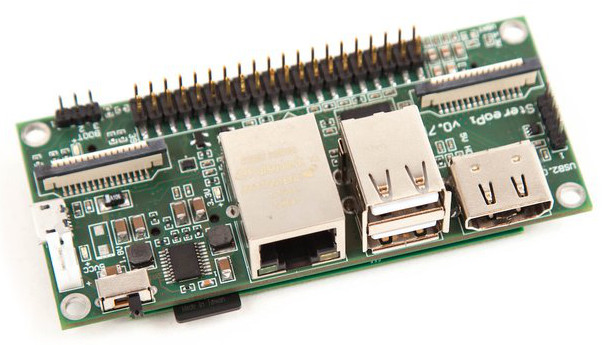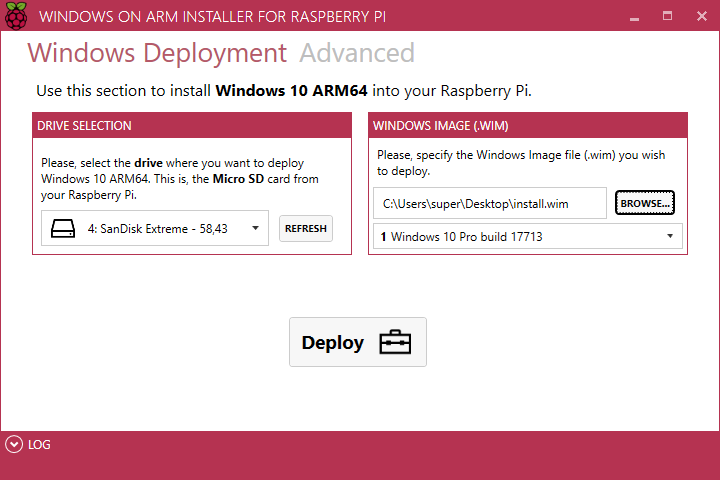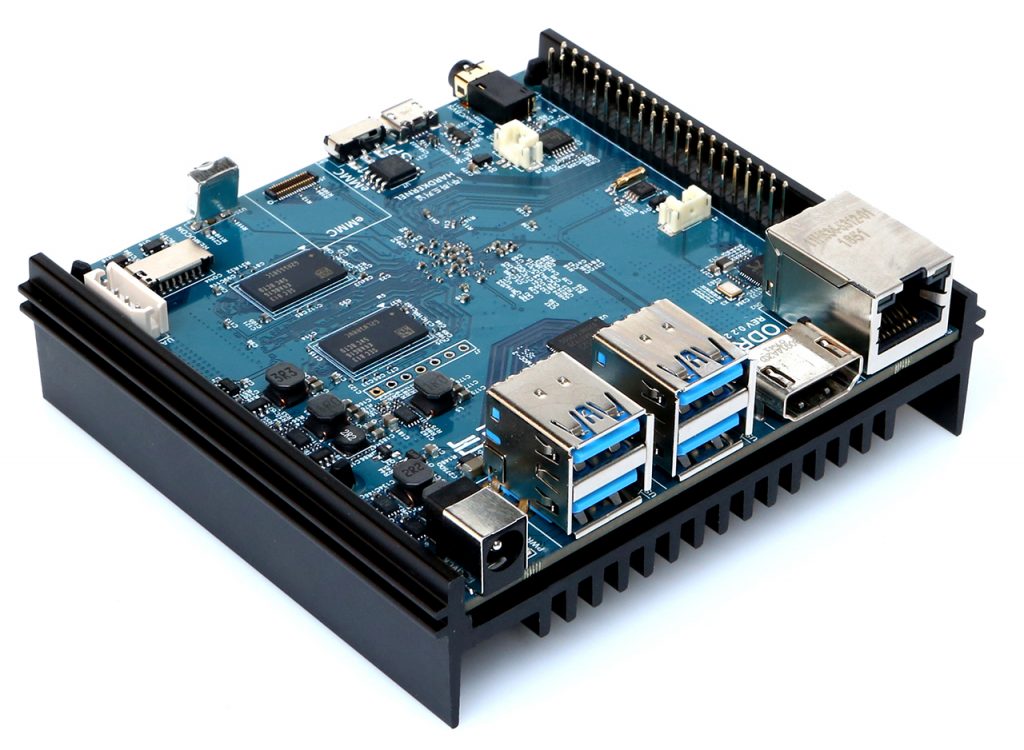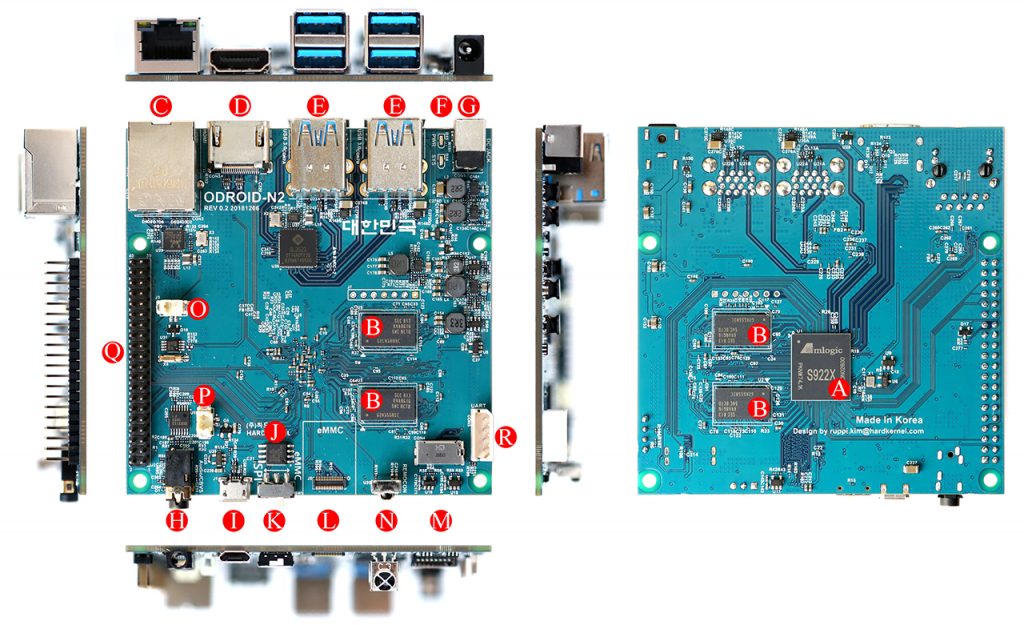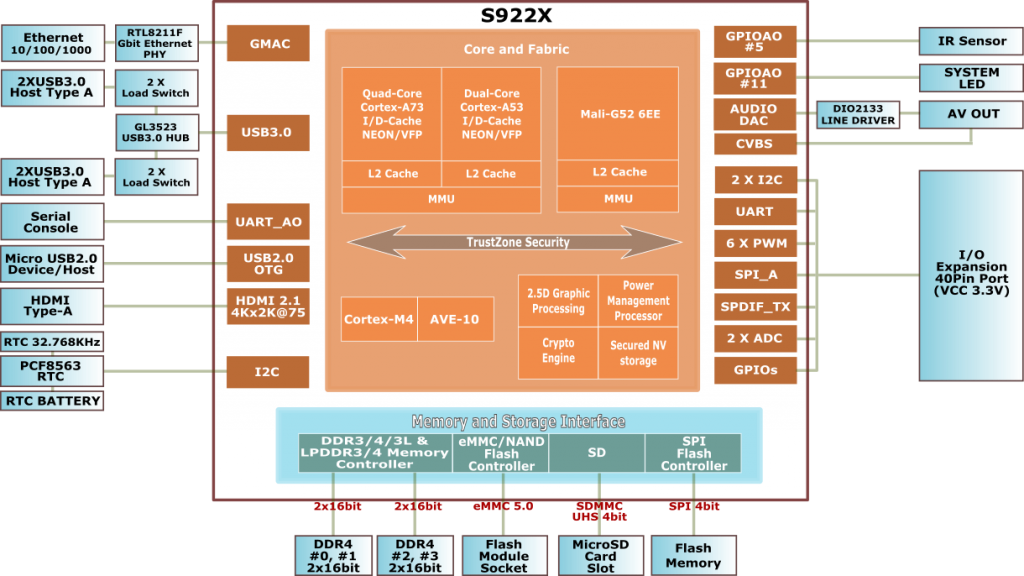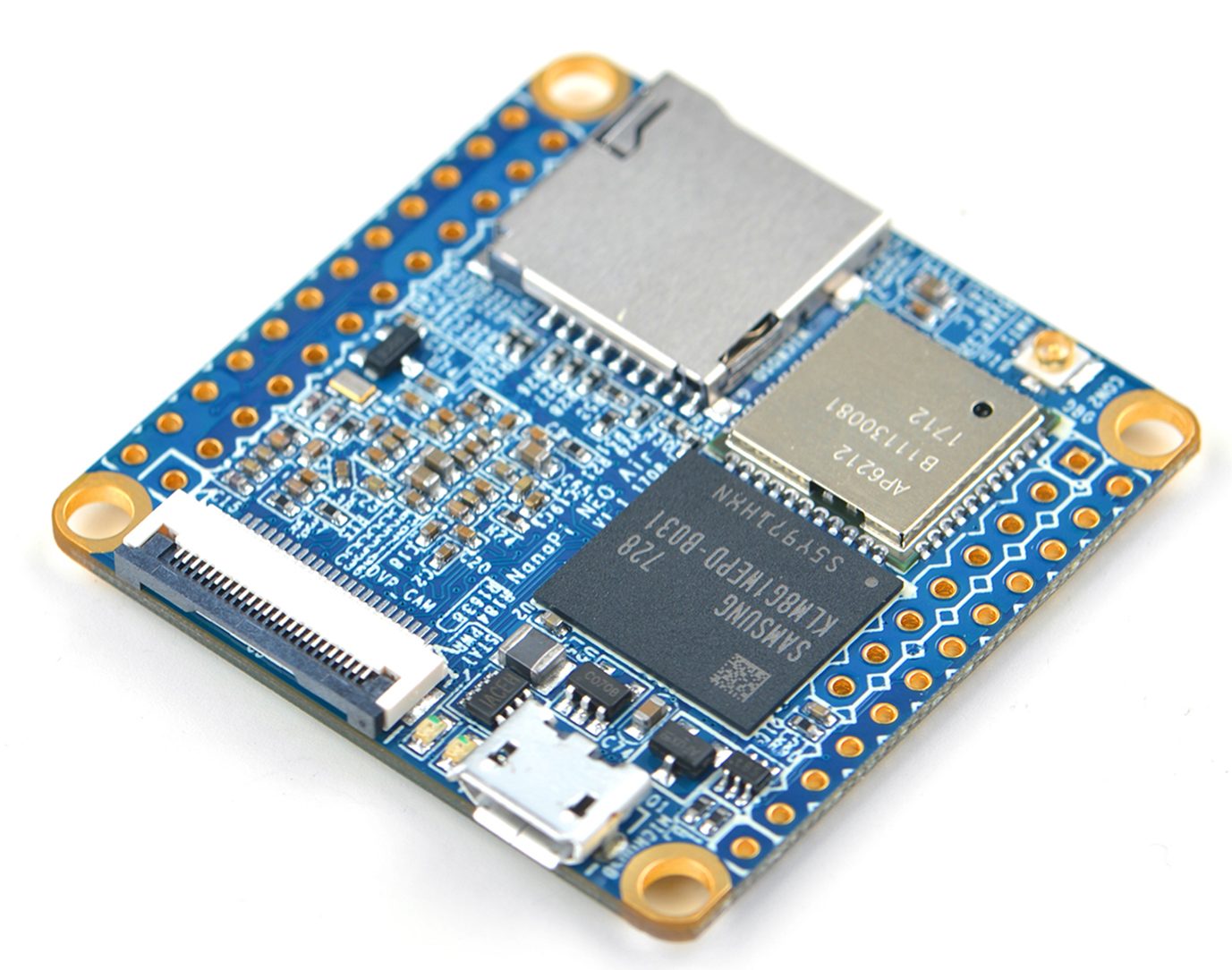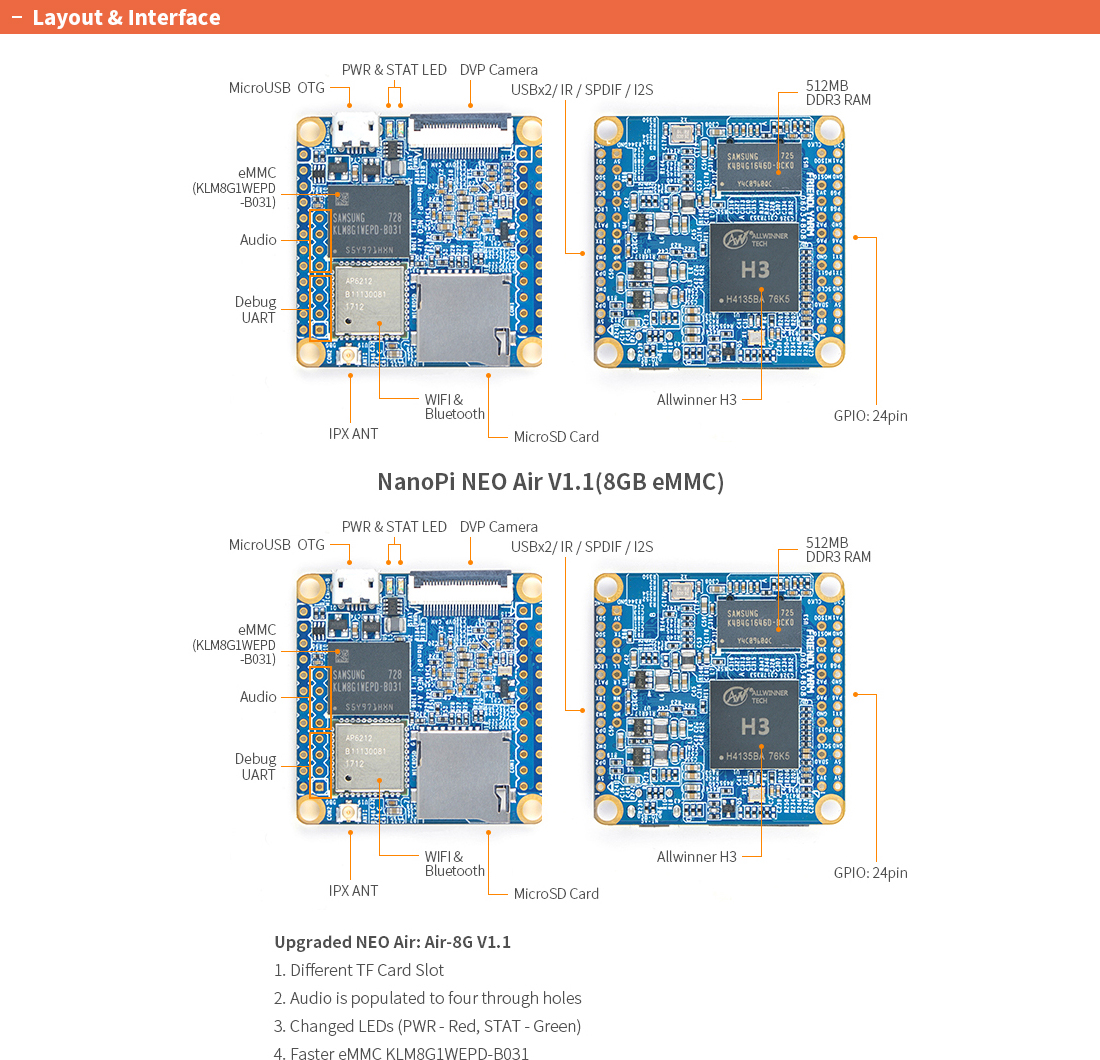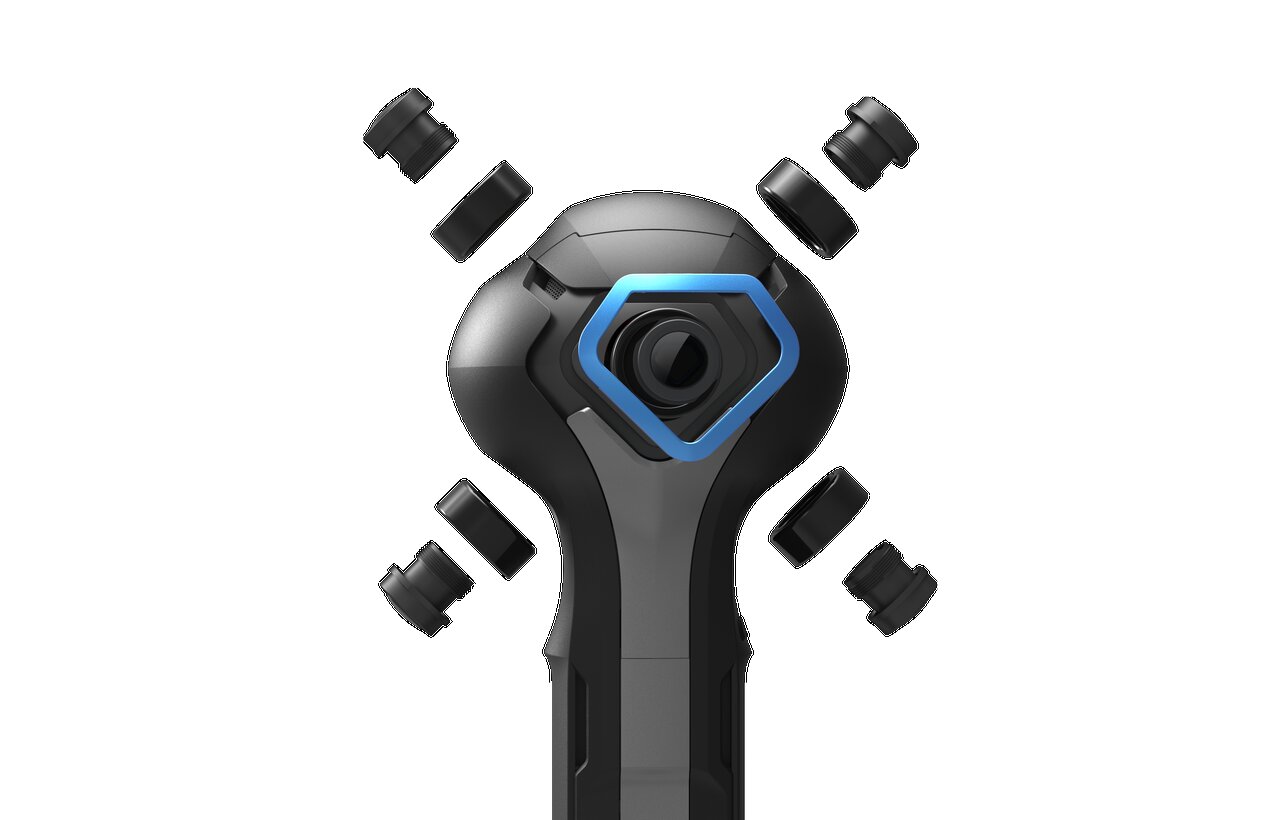
Capitalizing on the global trend of 360-degree imaging, ASPEED Technology Inc., the world’s largest BMC (Baseboard Management Controller) SoC provider, is pleased to announce at MWC19 Barcelona the Cupola360 solutions, world’s advanced Spherical Image Processor specifically designed for 360-degree Camera, as well as the accompanying apps, which cemented the company as the pioneer and leader in state-of-the-art 360-degree system solutions.
The Cupola360 is a 360-degree solution including Cupola360 Spherical Image Processor, 360-degree camera reference design, and accompanying apps for multiple applications and social media online sharing. With a focus on using 5MP six big-pixel high sensitivity sensors, the Cupola360 reduces the lens-distortion found in traditional solutions that use two fish-eye lenses. Cupola360 supports hardware in-camera (SoC) 360-degree image stitching and live-streaming of 4K 360-degree video which allows it to instantly start streaming video online without a tedious set-up process while most competitors’ cameras need post image stitching using computers or mobile phones. Additional features including 4K2K 30fps ultra-high resolution video; HEVC H.265/H.264 encoding; 3D anti-shake; face tracking, and apps which supports Android and iOS.

With built-in 2.4GHz and 5 GHz Wi-Fi and Cupola360 apps, users can easily share their 360-degree images and videos in the social media such as YouTube and Facebook. Moreover, accompany with VR Headset, the 360-dgree contents created by Cupola360 can bring amazing VR experience to the public. “There is no denying that in the future, people will relive precious moments in life via virtual reality consisting of 360-degree images, and therefore, we believe that a spherical 360-degree camera will soon become a must-have device in every household. ASPEED expects to surprise the public with Cupola360 solutions, so that people can experience first-hand how snappy, convenient and useful a 360-degree camera is in their daily lives.” said Chris Lin, Chairman of ASPEED Technology. ASPEED’s Cupola360 solutions will offer more diverse content and materials, providing users with opportunities to go back in time and live through life’s wondrous moments again, or a chance to escape from reality, enjoying the fantastic hyper reality created by themselves and others in the world.
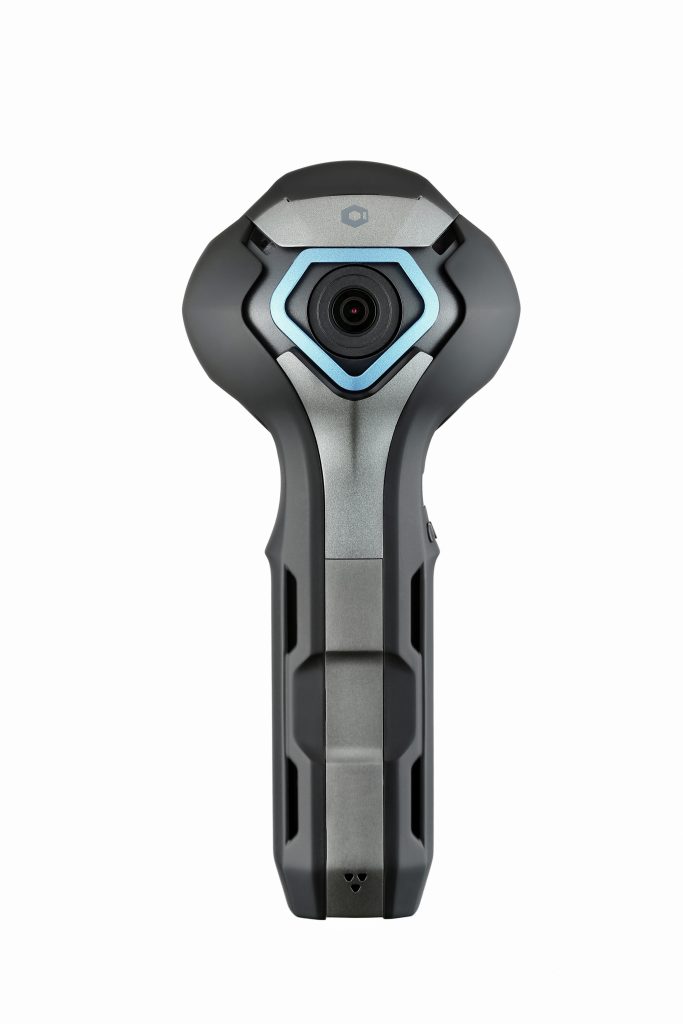
ASPEED is now joining forces with industry partners to form a 360-degree camera eco-system powered by Cupola360. With a strong foothold in the exclusive 360-degree spherical image processor, ASPEED for the first time offers to its customers a suite of technologies that include SoC, built-in software, hardware and supporting smartphone apps. ASPEED hopes to build a 360-degree camera eco-system upon the integration of software and hardware systems, with the participation of industry partners. We believe the Cupola360 eco-system represents a revolutionary step forward for consumer-level 360-degree cameras and brings all those elements together with the newest ideas in hardware, software and social media.
Cupola360 Highlights
- ASPEED Cupola360 Spherical Image Processor
- Hyper-Stitching engine: In-camera stitching
- Hyper-WDR Hardware Dynamic Range processing
- Instant live-streaming
- 5MP Six big-pixel high sensitivity sensor inputs
- Output Image: 32MP pictures (8K)
- Output Video: 4K 30 fps video (streaming & stored)
- Connectivity: Wi-Fi 802.11 ac/a/b/g/n (2.4GHz / 5GHz)
- H.265/H.264 compression
- 2 TB addressable storage
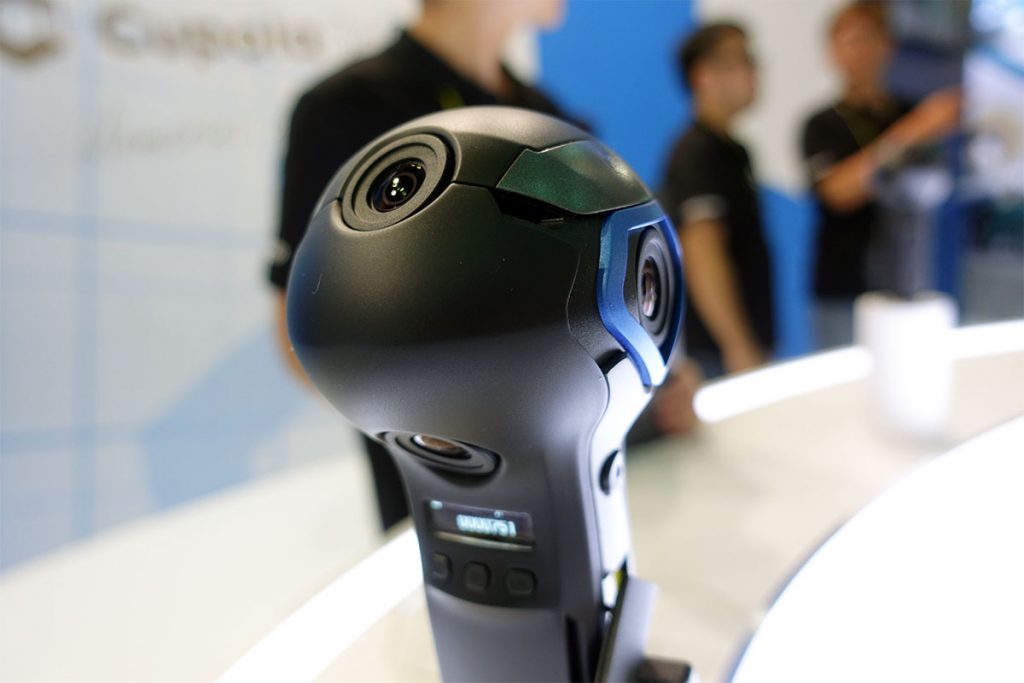
The Cupola360 Spherical Image Processor solutions is now available for integration in consumer-grade portable devices by partners, and ASPEED is looking forward to discussing this during Feb25-28, MWC19 in Barcelona. Come to our booth to experience ASPEED’s cutting-edge products: Hall 5, Stand 5A61 Fira Gran Via, Barcelona. For more detailed information, please visit Cupola360.com

